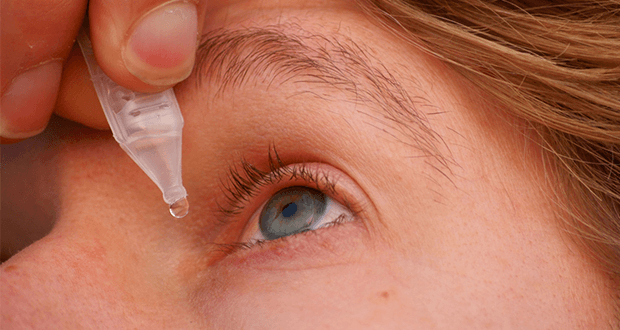Definition
Eye drop instillation is the dispensation of a sterile ophthalmic medication into a patient’s eye.
Purpose
Eyedrops may be instilled to treat a number of eye disorders or to anesthetize an eye before treatment. An ophthalmic assistant, technician, nurse or physician instills eyedrops during a routine eye examination or during treatment for ocular disease. Anesthetic eyedrops are instilled before surgery on the eye. Sometimes ophthalmic professionals instill dyes to help diagnose ocular disease, either by traditional methods, or by intravenous administration, or by the use of strips.
Eyedrops or ophthalmic solutions are used to treat glaucoma, uveitis, allergic reactions and infections. Dilatory eyedrops may be instilled during an examination to achieve a better view of the retina.
Objectives
- To combat infection
- To relieve pain and discomfort
- To dilate or constrict the pupil
Indications
- Eye examination treatment of disease.
Contraindications
- Allergies to the medications.
[box type=”note”]Nursing Alert: Solutions and ointments introduced into the eye should be sterile and careful measures of medical asepsis should be followed.[/box]
Charting
- Record time on which the medication was instilled.
- Type, strength and amount (dosage) of the medication
- The eye onto which the medication was instilled.
Equipment
- Sterile solution of medication
- Small gauze squares or cotton balls
- Gloves
Nursing Interventions & Rationale
The following are the nursing interventions and rationale for instilling eyedrops.
| Nursing Interventions | Rationale |
| Check the patient’s name | For proper patient identification. |
| Check physician’s directives. | To avoid medication error. |
| Wash hands prior to instilling medication. | To prevent transfer of microorganisms to the patient. |
| Cleanse the eyelids and lashes with cotton balls or gauze pledgets moistened with normal saline. | Prevent debris to be carried into the eye when the conjunctival sac is exposed. |
| Use each cotton ball or pledget for only one stroke, moving from the inner to the outer canthus of the eye. | Prevents carrying of debris to the lacrimal duct. |
| Tilt the patient’s head back slightly if he is sitting or place the head over a pillow if he is lying down. | To prevent solution or tear from flowing towards the other eye. |
| Fill eye dropper with medication but prevent from flowing back into the bulb end. | Loose particles of rubber from bulb end may slip into medication. |
| Using forefinger, pull lower lid down gently. | To expose inner surface of lid and cul-de-sac |
| Instruct patient to look upward. | Prevent medication from sensitive cornea. |
| Hold the dropper close to the eye but avoid touching the eyelids. | Touching the eyelids may startle the patient and cause him to blink. |
| Allow the prescribed number of drops to fall in the lower conjunctival sac but do not allow to fall onto the cornea. | It cases unpleasant sensation to the patient or may injure the cornea. |
| Release the lower lid after the drops are instilled. Instruct the patient to close eyes slowly, move the eye and not to squeeze or rub. | Squeezing or rubbing may irritate the eye tissue or would express the medication from the eye. Closing and moving the eye allow medicines to be distributed over the eye. |
| Wipe off excess solution with gauze or cotton balls. | Prevents possible skin irritation. |
| Wash hands after instilling the medication. | Prevents transfer of microorganisms to self or to other patients. |
References
- Image source: Huffington Post

Drink at least ten glasses of water evadyrey. Close your eyes and cover eyelids with slices of raw potato or cucumber for 15-20 minutes. Wash with warm water and apply a creamGrate a cucumber, squeeze to take out its juice and refrigerate. Make a mixture of lemon juice, lanolin cream and cucumber juice and apply around the eye for 10-15 minutesApply a paste of turmeric powder with pineapple juice for dark circles under the eyesApply a mixture of lemon and tomato juice (equal parts) on the black circles 2 times a day Dip some cotton in a 1:1 mixture of potato and cucumber juices. Put the cotton on your eyelids and keep for 20 minutes. Wash your eyes with cold water Remove the cream applied around the eye after 10 min. No cream should be left on the skin around the eyes for long periods It could be because of poor blood circulation around the areas and some light massage can help. you can also try:Carrot x 200gApple x 100gPineapple x 50gA bit of HoneyMethod:Put carrot, pineapple and apple in the juicer and juice them. When it’s done, put a bit of honey in to make it tasty.I believe together with regular exercise would certainly help a lot in improving the blood circulation, too more effective
This comment tho ^^ . Lol